#british hitchcock
Text

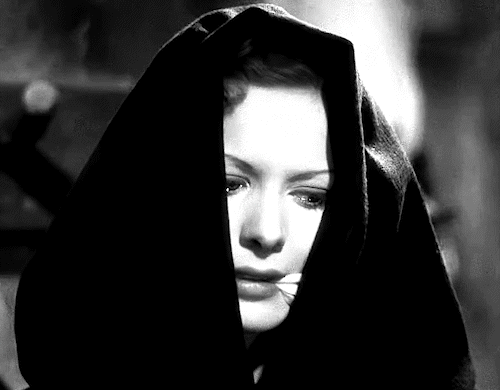
I'm... glad you're quiet now.
Maureen O' Hara in Jamaica Inn (1939) | dir. Alfred Hitchcock
#1930's cinema#1930's#1939#classicfilmsource#filmblr#jamaica inn#alfred hitchcock#hitchcock#hitchcockedit#maureen o'hara#crime#daphne du maurier#classicfilmgifs#filmgifs#filmedit#my gifs#british cinema#thrilleredit#thriller#suspense
107 notes
·
View notes
Photo
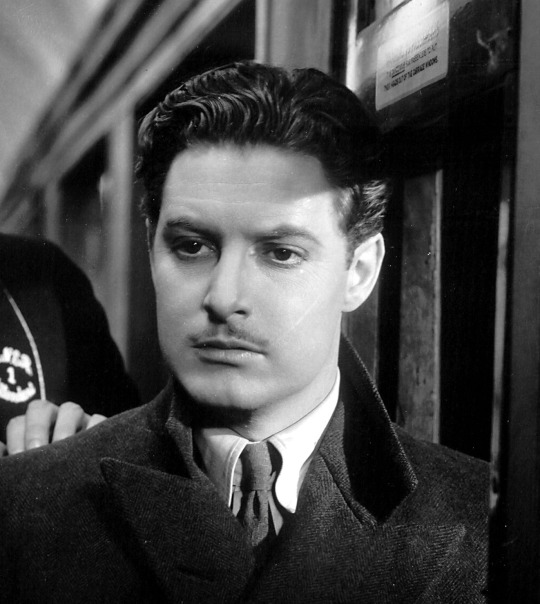
Robert Donat as Richard Hannay in The 39 Steps (1935).
95 notes
·
View notes
Photo
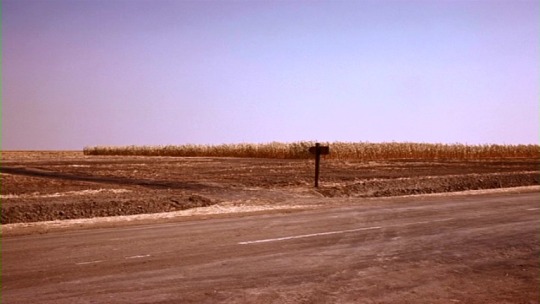



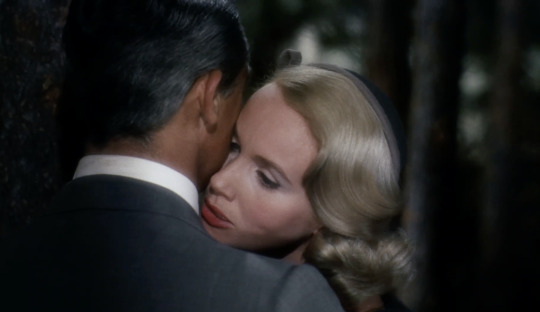
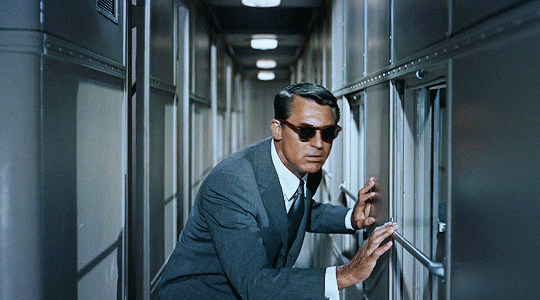

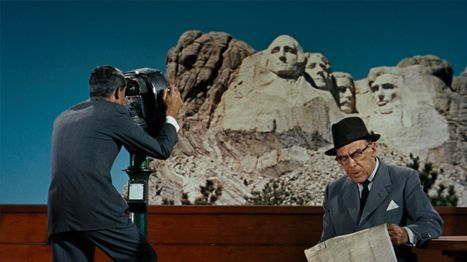


SUBLIME CINEMA #647 - NORTH BY NORTHWEST
North by Northwest is not my favorite Hitchcock film, but it is his most expansive. It’s an epic Vistavision travelogue of iconic locale after locale (Grand Central, Rushmore, the cornfield, the forests, the glistening cityscapes, the Plaza, the United Nations.. ) And of course Cary Grant, and Eva Marie Saint, whom Hitchcock famously wanted to glamorize after criticizing her roles in working class ‘kitchen sink’ black and white movies like On the Waterfront.
#cinema#film#movie#movies#films#vistavision#technicolor#hitchcock#alfred hitchcock#north by northwest#eva marie saint#cary grant#james mason#martin landau#great fiilm#great films#america#americana#hollywood film#british film#50s#50s film#50s aesthetic#classic film#suspense#thriller#color#color film#mount rushmore#plaza hotel
77 notes
·
View notes
Photo
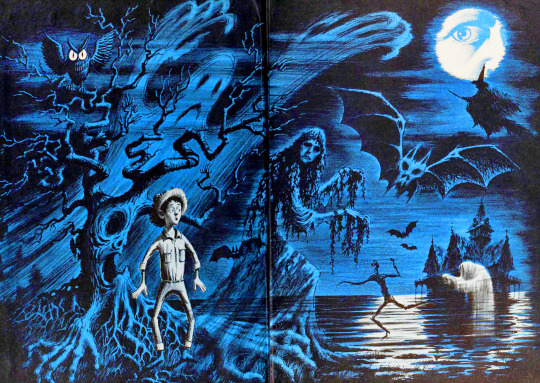
Fred Banbery (1913-1999), ''Alfred Hitchcock's Haunted Houseful'', 1961
Source
#fred banbery#british artists#alfred hitchcock's haunted houseful#ghosts#mystery stories#children's books#haunted#halloween
194 notes
·
View notes
Photo
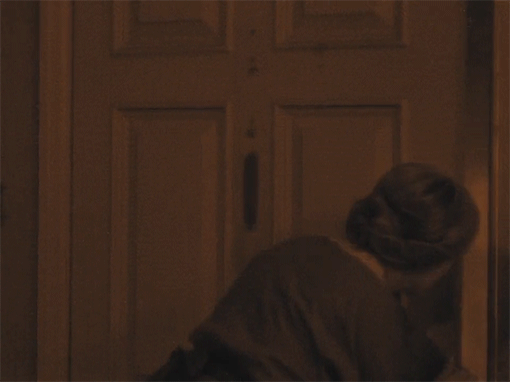


Ivor Novello in The Lodger: A Story of the London Fog (1927) dir. Alfred Hitchcock
#ivor novello#alfred hitchcock#the lodger#film#classic film#silent era#silent film#british film#1920s#my gifs
271 notes
·
View notes
Text

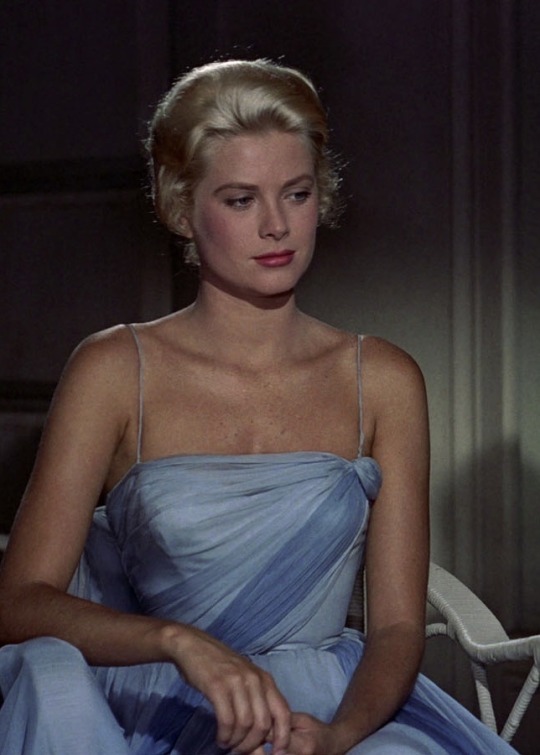

Leading Ladies in blue; Moria Shearer (later Lady Kennedy) in The Red Shoes (1948), Grace Kelly (later The Princess of Monaco) in To Catch a Thief (1955), Kirsten Dunst in Marie Antoinette (2006).
#the red shoes#to catch a thief#marie antoinette#grace kelly#Moria shearer#kirsten dunst#lady Kennedy#princess of monaco#princess grace#movies i love#great movie#movie magic#period film#film#blue#fashion#alfred hitchcock#Hitchcock#sofia coppola#michael powell#emeric pressburger#British film#American film#France#tv and film#oceancentury
16 notes
·
View notes
Text

Friedrich Robert Donat (18 March 1905 – 9 June 1958) was an English actor. He is best remembered for his roles in Alfred Hitchcock's The 39 Steps (1935) and Goodbye, Mr. Chips (1939), winning for the latter the Academy Award for Best Actor.
In his book, The Age of the Dream Palace, Jeffrey Richards wrote that Donat was "British cinema's one undisputed romantic leading man in the 1930s". "The image he projected was that of the romantic idealist, often with a dash of the gentleman adventurer."
Donat suffered from chronic asthma, which affected his career and limited him to appearing in only 20 films. (Source: Wikipedia)
#robert donat#british history#british actors#20th century#historic photo#pipemen#pipesmoking#vintagemen#pipes#handsome#smoking pipe#golden hollywood#alfred hitchcock
18 notes
·
View notes
Text
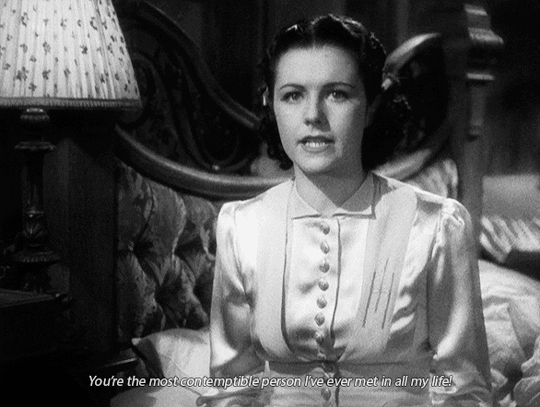
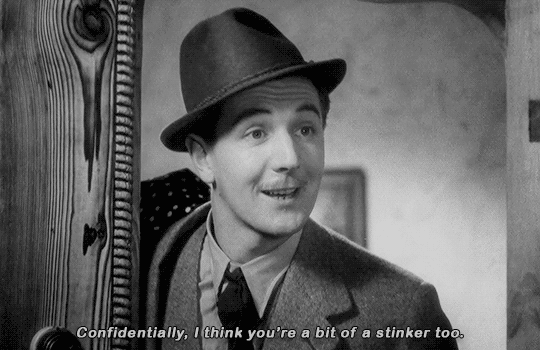

The Lady Vanishes (1938, Alfred Hitchcock)
27/01/2024
The Lady Vanishes is a 1938 film directed by Alfred Hitchcock.
The story is based on the novel The Wheel Spins by Ethel Lina White.
A remake was made in 1979 entitled The Lady Vanishes, directed by Anthony Page, with Angela Lansbury in the role of Miss Froy.
A train is running from the Balkans towards London when an avalanche stops it in a remote village. In the hotel where they are forced to stay overnight, they meet some English citizens: Iris Henderson, the young heiress of a rich jam producer, returning from a holiday with two friends and headed to London to get married to a nobleman; Miss Froy, amiable old lady in a tweed suit, housekeeper and music teacher for six years in that country and about to return to her homeland; Caldicott and Charters, cricket fans, very upset about the forced interruption of their trip which risks making them miss the final phase of a test match in Manchester; Gilbert, a musician with a passion for folklore who records folk songs with a little too much noise, resulting in a lively confrontation with Iris; a couple of lovers whose greatest concern is not to be recognized.
Miss Froy tries to escape into the woods, after leaving a coded message contained in the musical notes of a melody that Gilbert must learn by heart and take to the British Foreign Office in case she fails to save herself.
As promised Iris and Gilbert go to the Foreign Office in Whitehall to report the coded message.
The expiration of the contract that Gainsboroug (subsidiary of Gaumont-British) had taken over from Gaumont and Hitchcock had to complete the second film (the first was Young and Innocent) foreseen by the agreement with Edward Black.
In May 1936 Frank had proposed to Gainsboroug to buy the rights to White's novel, he had worked on the screenplay together with Sidney Gilliat but Roy William Neill, the director who had been entrust with the direction, din not complete the film.
The role of the lovable old spy was entrusted to Dame May Whutty, who would later be cast in a minor role in Suspicion.
In the role of the rich young bourgeois the director used Margaret Lockwood, under contract to the production company; in the role of the penniless musician Hitchcock would have liked Robert Donat, the protagonist of The 39 Steps, who had to give it up for health reasons; Michael Redgrave was the chosen, already famous as a young theater actor in John Gielgud's company, here at his first film test: the director liked him for his detached and casula style.
In the fundamental interview given by Alfred Hitchcock to François Truffaut, published for the first time in 1966, the director said about this film of his: "It was shot in 1938 in the small studio in Islington, on a thirty meter platform and with a wagon on top."
In addition to all his dearest themes (the incredibleity of the truth and the game of appearances, spies, travel, the relationship between a couple and love, humor) there is a strong political connotation, influenced by international current affairs: 1938 is the year of the Munich Agreement, evoked by the white handkerchief waved by the lawyer, an unpleasant neutralist who, regardless of his lover and the other Englishmen, hands himself over to the spies and gets himself killed. Finally, the main enemy of the film, Doctor Hart, alludes to Germany both his surname and in his origin ( in that same year Czechoslovakia also begins to "disappear", with the annexation of the Sudetenland to Germany, a prologue of what will happen in the following year). Hitchcock declares anti-Nazi sentiments expressed on other occasions in his films (The Man Who Knew Too Much, The 39 Steps, Secret Agent, Foreign Correspondent, Saboteur, Lifeboat, Notorious).
#the lady vanishes#film#1938#alfred hitchcock#Scriptment#The Wheel Spins#Ethel Lina White#1979#Remake#Anthony Page#angela lansbury#Balkans#london#cricket#test cricket#Foreign Commonwealth and Development Office#Whitehall#Gaumont British#young and innocent#1936#roy william neill#May Whitty#Suspicion#margaret lockwood#robert donat#the 39 steps#michael redgrave#john gielgud#françois truffaut#Munich Agreement
5 notes
·
View notes
Text

Anthony Hopkins
as Alfred Hitchcock
#suitdaddy#suiteddaddy#suit and tie#suited daddy#daddy#men in suits#silverfox#suitfetish#suited men#suited grandpa#suitedman#suit daddy#suited man#buisness suit#suitedmen#british man#british men#actors#Anthony Hopkins#Alfred Hitchcock
18 notes
·
View notes
Text



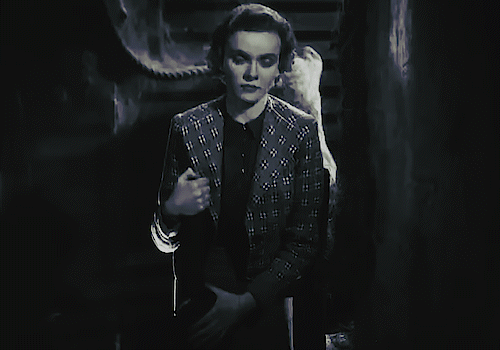





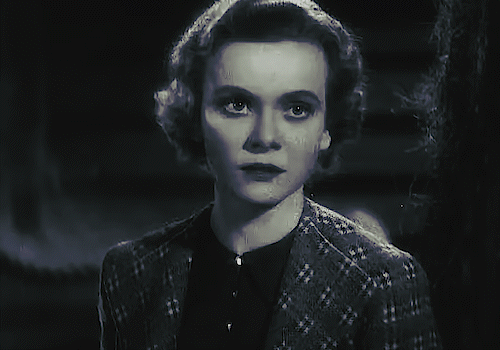


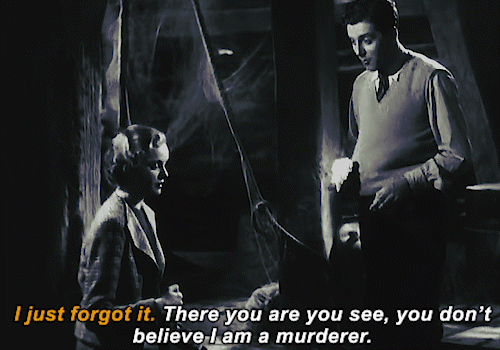
DERRICK DE MARNEY and NOVA PILBEAM in YOUNG AND INNOCENT (1937) | dir. ALFRED HITCHCOCK
#1930's cinema#1930's#1937#young and innocent#derrick de marney#nova pilbeam#filmblr#classicfilmsource#filmedit#filmgifs#classicfilmgifs#british cinema#film#cinema#movies#dramagifs#dramaedit#hitchcock#hitchcockedit#uk cinema#thrillergifs#thrilleredit#crimegifs#crimeedit#mygifs
30 notes
·
View notes
Photo

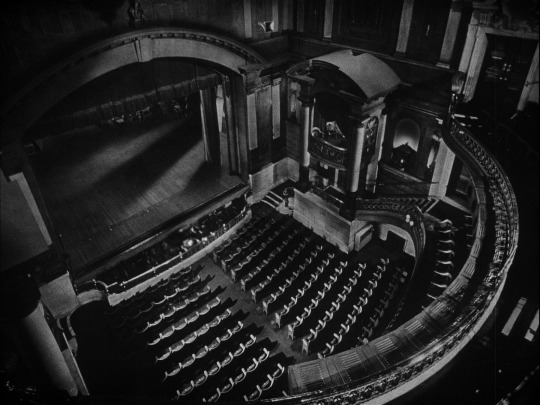

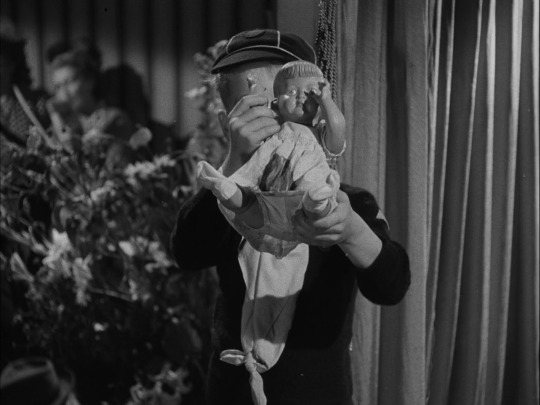
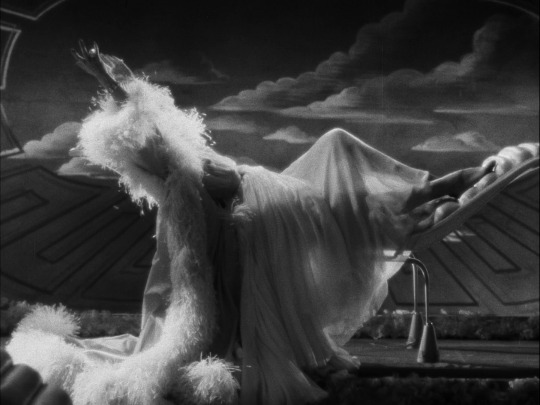
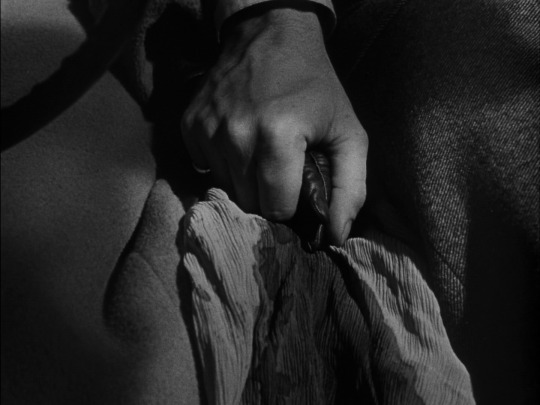
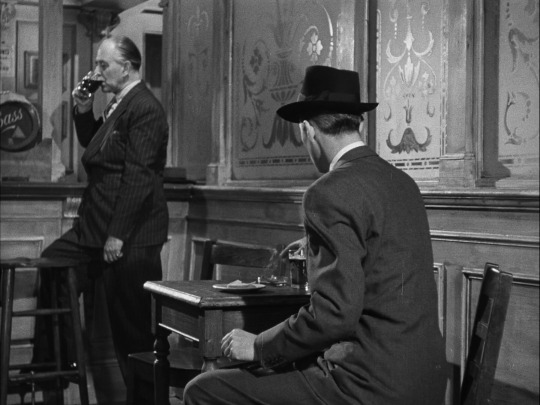



“The only murderer here is the orchestra leader.”
Stage Fright, 1950.
Dir. Alfred Hitchcock | Writ. Whitfield Cook, Ranald MacDougall & Alma Reville additional dialogue by James Bridie | DOP Wilkie Cooper
38 notes
·
View notes
Text
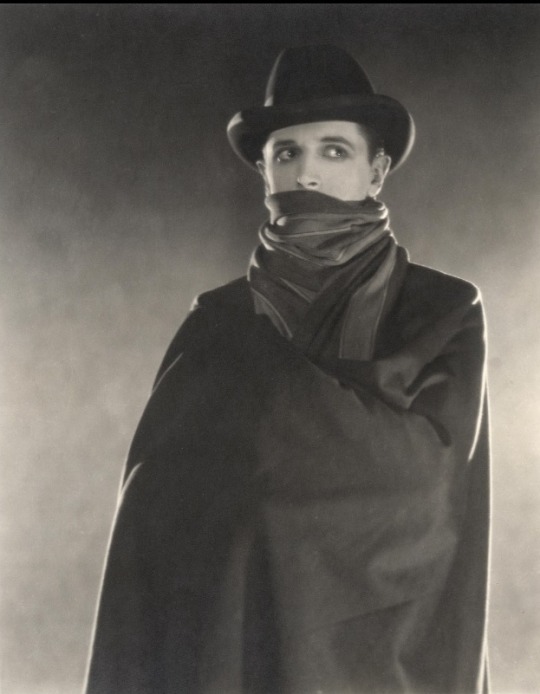
Ivor Novello, The Lodger--A Story of the London Fog (Alfred Hitchcock, 1927)
#ivor novello#actor#film actor#stage actor#british actor#british cinema#the lodger#alfred hitchcock#1920s#1920s movies
2 notes
·
View notes
Photo

Fred Banbery (1913-1999), ''Alfred Hitchcock's Haunted Houseful'', 1961
Source
#fred banbery#british artists#alfred hitchcock's haunted houseful#witches#mystery stories#children's books
163 notes
·
View notes
Text

Sir Alfred Joseph Hitchcock KBE- an English film director and producer. (art: papercutting)
#alfred hitchcock#film#film making#filmmaker#movies#film industry#british#english#english film#english filmmaker#british filmmaker#paper art#papercraft#paper#papercut#papercutting#artwork#papa osmubal
2 notes
·
View notes
Text
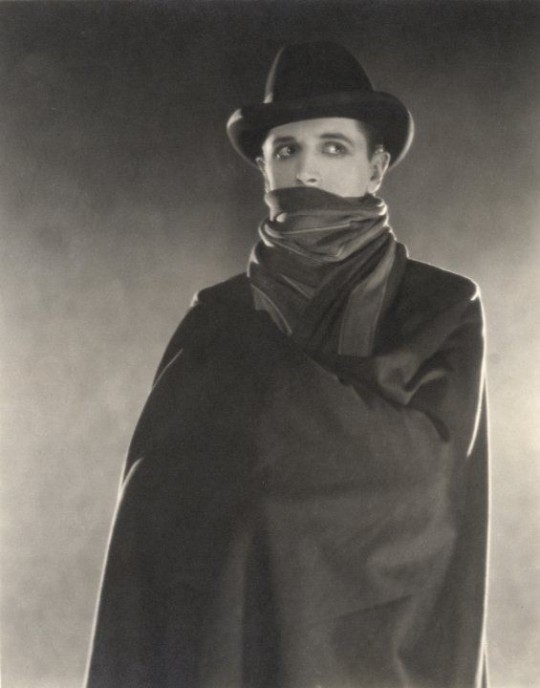
British actor Ivor Novello
#ivor novello#british actors#queer#lgbtq history#vintage#lgbtq#lgbt history#movie history#alfred hitchcock
5 notes
·
View notes
Text
i know it’s been years but i am still so disappointed that they cast armie “world’s least charismatic cannibal” hammer as maxim in the newest rebecca.
#watching the hitchcock movie right now#and i was like ‘oh which great British actor could play maxim in a new movie— oh wait’#i actually found that adaptation pretty decent in a lot of ways but he was just a dud#dollsome's deep thoughts
7 notes
·
View notes